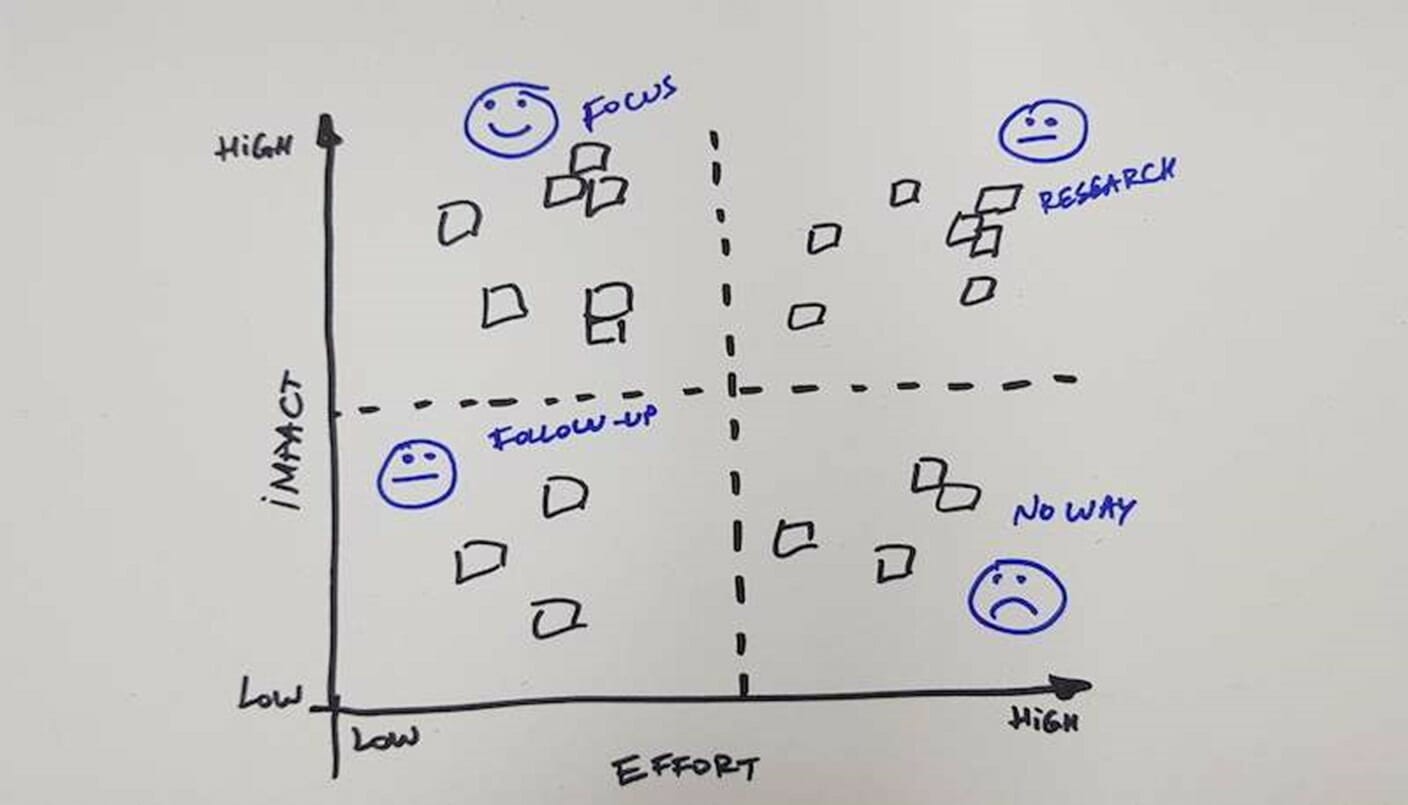One of the silver linings of the Covid-19 pandemic is the rapid pace of digital transformation happening across all industries. If you haven’t adopted a new digital technology in the last two years, you risk being left behind because a lot of what has been introduced is here to stay.
I think I can speak for most people when I say that adopting new technology can be can be stressful.
With so many choices available to us and elements of our business that can be digitised – where do we start? Historically, businesses have taken a product led focus, but Covid-19 has forced us to shift to being more customer led. For example, during the pandemic restaurants shifted to table ordering systems like OrderUp which helped streamline their back-of-house ordering systems and facilitated cashless payment systems. Customer benefits include being able to order as needed rather than wait for waitstaff, split bills simply by ordering and paying for their own items and easily set up bar tabs.
It’s always hardest to get started
When it comes to adopting new technology, the beginning is always the hardest. To keep it simple, follow these three steps:
STEP 1
Focus your efforts by choosing one problem to solve. Resist the temptation to tackle too much. If you have a lot of problems you want to solve and are struggling to prioritise them, I like to use the impact vs effort matrix.
Think of the problem and ask:
How much impact does this have on my customer?
How much effort is required by my business to implement this?
Anything that falls in the high impact for low effort category is your low-hanging fruit and best place to start.

STEP 2
Navigating the options
Great, you have found your problem, but there are more than 20 digital solutions to solve it – how do you pick? Start by learning from other people’s experience. Look at reviews and narrow it down to no more than two or three options. Compare just those solutions: watch demo videos, if available, participate in a free trial, and usually, price becomes the deciding factor.
STEP 3
Implementing the solution
Set aside some time to implement the solution, even if you’re busy. If it’s possible to isolate the new system to iron out any bugs, this is a good idea also. Remember, there will likely be a hiccup or two, it’s part of the process.
What does this have to do with communications?
It’s crucial to ensure you communicate effectively throughout the process. Use open communication with your team, especially focusing on the “why” and bring them on board for the journey. Educate your staff about the benefits to the customer. This will translate in their customer service experience and get clients excited about your businesses.
Where appropriate, don’t forget to include customers in your communications plan, too. Be open and honest that you are testing a new system and share the benefits they can expect when the new system is in place (for example, shorter wait times, contactless experience, faster delivery, live postage updates, etc.) and be open to feedback, even if it’s negative.
A communications plan doesn’t need to be complicated but do take the time to really focus on the benefits to the stakeholder you’re communicating to. Once you know these, delivering the message is a lot easier.
We love digital innovation and would love to help you define your key messages or work on a more complex communications plan if needed. Feel free to reach out to discuss your plans and we can see if there’s a way we can help you achieve your goals.
Bec Tucker

